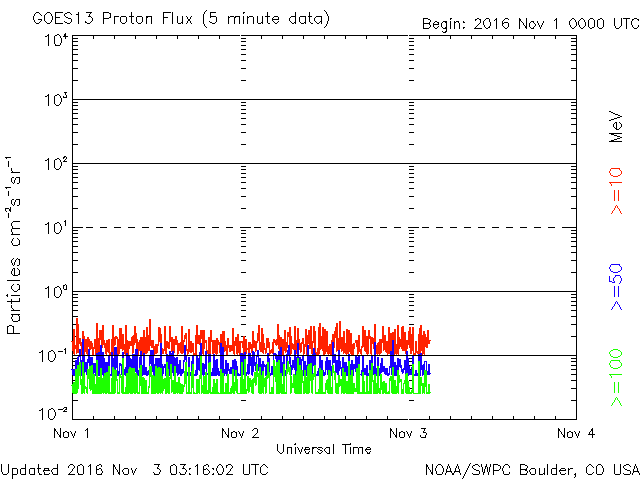NOAA Scales
HF Radio: Weak or minor degradation of HF radio communication on sunlit side, occasional loss of radio contact.
Navigation: Low-frequency navigation signals degraded for brief intervals.
More about the NOAA Space Weather Scales
Navigation: Low-frequency navigation signals degraded for brief intervals.
Space Weather Summary
- Solar Wind Speed: km/sec
- Solar Wind Magnetic Fields: Bt nT, Bz nT
- Noon 10.7cm Radio Flux: sfu
Serving Essential Space Weather Communities
Serving Essential Space Weather Communities









